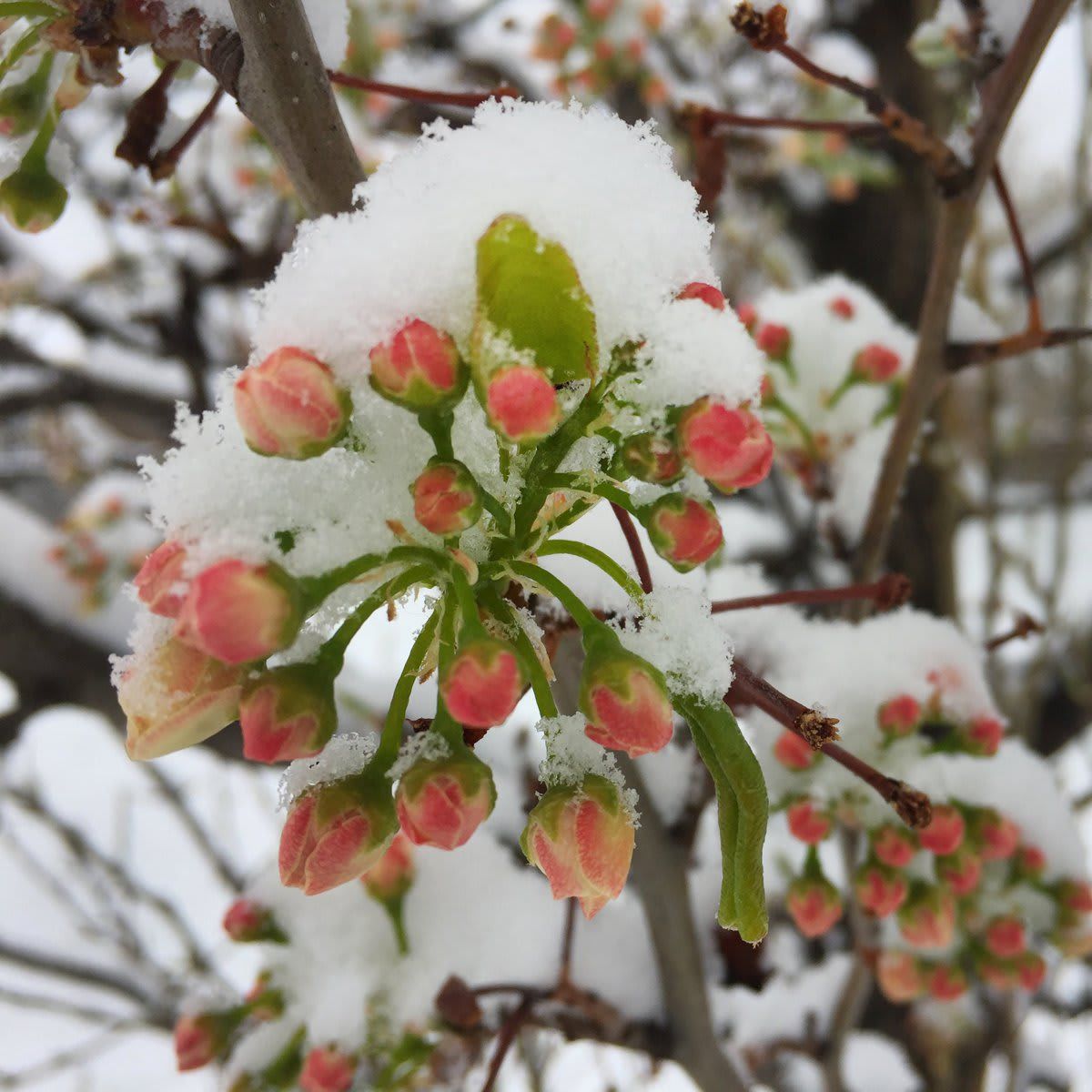Climate change is real, and believe it or not, we all have been experiencing it in some way or another. Springtime is shifting around the country, but there was balmy weather and “winter weather whiplash” in the Northeast. Also, the Polar Vortex is driving record low temperatures in the South, and more often, unusual seasons are showing up as unpredictable interruptions.
It is good to highlight and remember that climate change isn’t just the long, gradual ramp-up —or shifting baseline— of warming temperatures. It also manifests in extreme weather conditions fluctuations, which show us a picture of more variability and increasing intensity of storms and harsh conditions, causing outsized impacts on ecosystems, economies, and infrastructure.
Dr. Sarah Nelson, Research Director for Appalachian Mountain Club, America’s oldest outdoor organization, shared with HOLA! USA five ways you can help scientists track the seasons and further understand the sensitivity of spring:
Listen to the science
- Information is power; learn and do your research. Vet the things you read and hear before spreading falsehoods. AMC shares information about climate change science and impacts and debunks myths about climate change.
Reduce your carbon footprint
- Data proves that we will see more loss of cold and winter if we continue on a high emissions scenario than a lower emissions scenario. Greenhouse gases drive our climate and directly translate to changing temperatures.
Get your boots muddy!
- With earlier springtime weather, you may be hitting the trail, but earlier mud season and more mud days could mean more damage to sensitive vegetation and trails. Even if it means muddy boots, stay on the trail to avoid damaging tender plants along the edges.
Chase the Spring
- Now, scientists use plant phenology—the timing of life-cycle events like budburst and flowering—as an indicator of shifting seasons. To help understand how seasons could be shifting in the mountains, you can chase the seasons right through spring and summer by joining iNaturalist and AMC’s Northeast Alpine Flower Watch program when you are out hiking. The data will help to identify how spring phenology is changing in the region.
Join AMC’s Conservation Action Network
- Learn about and speak up on issues that threaten the Northeast outdoors and opportunities to ensure that treasured locations and landscapes can be enjoyed for generations to come.
,type=downsize)
